Marines’ first Landing Ship Medium slated to take 4-5 years to build
“We want it faster than that, but I think that that’s the realistic timeline in which the shipbuilders can make it,” said Lt. Gen. Eric Austin, the Marine Corps’s top requirements officer.


Image of a medium landing ship, from the CBO’s recent report. (CBO)
MODERN DAY MARINE 2025 — The US Marine Corps’s top requirements officer said he anticipates the service’s first Landing Ship Medium (LSM) will take four to five years to produce, a number he hopes to eventually accelerate.
“We want it faster than that, but I think that that’s the realistic timeline in which the shipbuilders can make it,” Lt. Gen. Eric Austin, the service’s top requirements officer, told reporters on the sidelines of the Modern Day Marine Exposition in Washington, DC, Wednesday. “One of the good things about the [Naval Sea Systems Command] approach and the [Program Executive Office] Ships approach right now though is they’re buying data rights and they’re going to take a look at opportunities to own the design and be able to have it built in multiple shipyards.”
Landing Ship Medium is a new vessel the Marine Corps has been pursuing since the start of its endeavor into Force Design, initiated by former Commandant Gen. David Berger in 2019. In essence, it is intended to shuttle Marines and their gear between island chains in the Indo-Pacific. The program of record is slated to purchase 18 ships in total, but Austin predicted the Marines would be eager to increase that number if able.
“I think the number is going to be more than that. We’re probably going to have an insatiable appetite for this capability once we field it, is my expectation,” said Austin.
The Navy in April issued a pre-solicitation notice indicating it intends to negotiate a contract with Bollinger Shipyards to build the first LSM based on a design from a ship already in use by the Israelis.
Austin said the Marine Corps will evaluate that ship, which he called “Block I” of the program, and use it to determine what potential changes should be made in future iterations, or “Block Next.” Part of “Block Next” is a recent instruction signed out by the Navy’s acting acquisition executive to secure the technical data rights for a ship design from Dutch shipbuilder Damen. USNI News first reported the NAVSEA notice and acquisition executive’s instruction.
Separately, the Marines are continuing to experiment with Stern Landing Vessels, experimental ships meant to be a precursor to the LSM. Brig. Gen. Simon Doran, head of the Marine Corps Warfighting Laboratory, told reporters Wednesday that the first SLV has been in use in Japan since the fall experimenting on various beaches. He also said the service is working with the Australian Army to build a second SLV that will do initial testing in Brisbane and then move to Darwin, Australia, where a rotational US Marine Corps force is located.
“We’re learning a lot when it comes to not just the surf, the height of the surf, but also the bathymetry and what is that surf doing to the sand, the mud, the whatever the bottom of that may be for that beach with different gradients,” Doran said.





























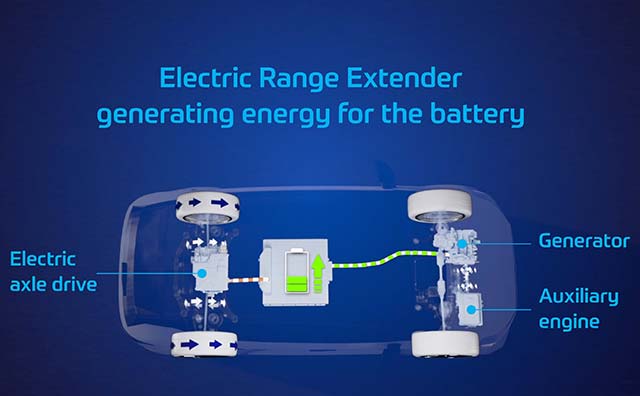
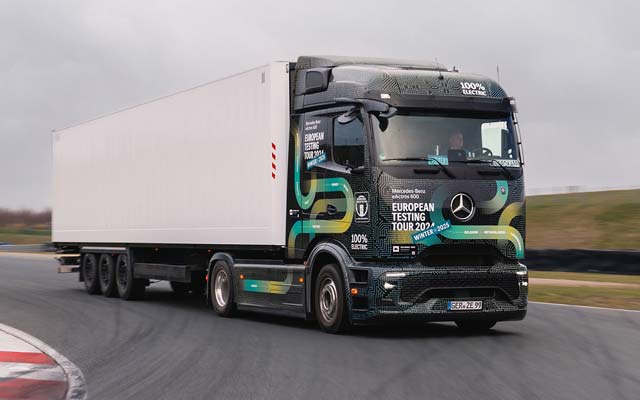


























































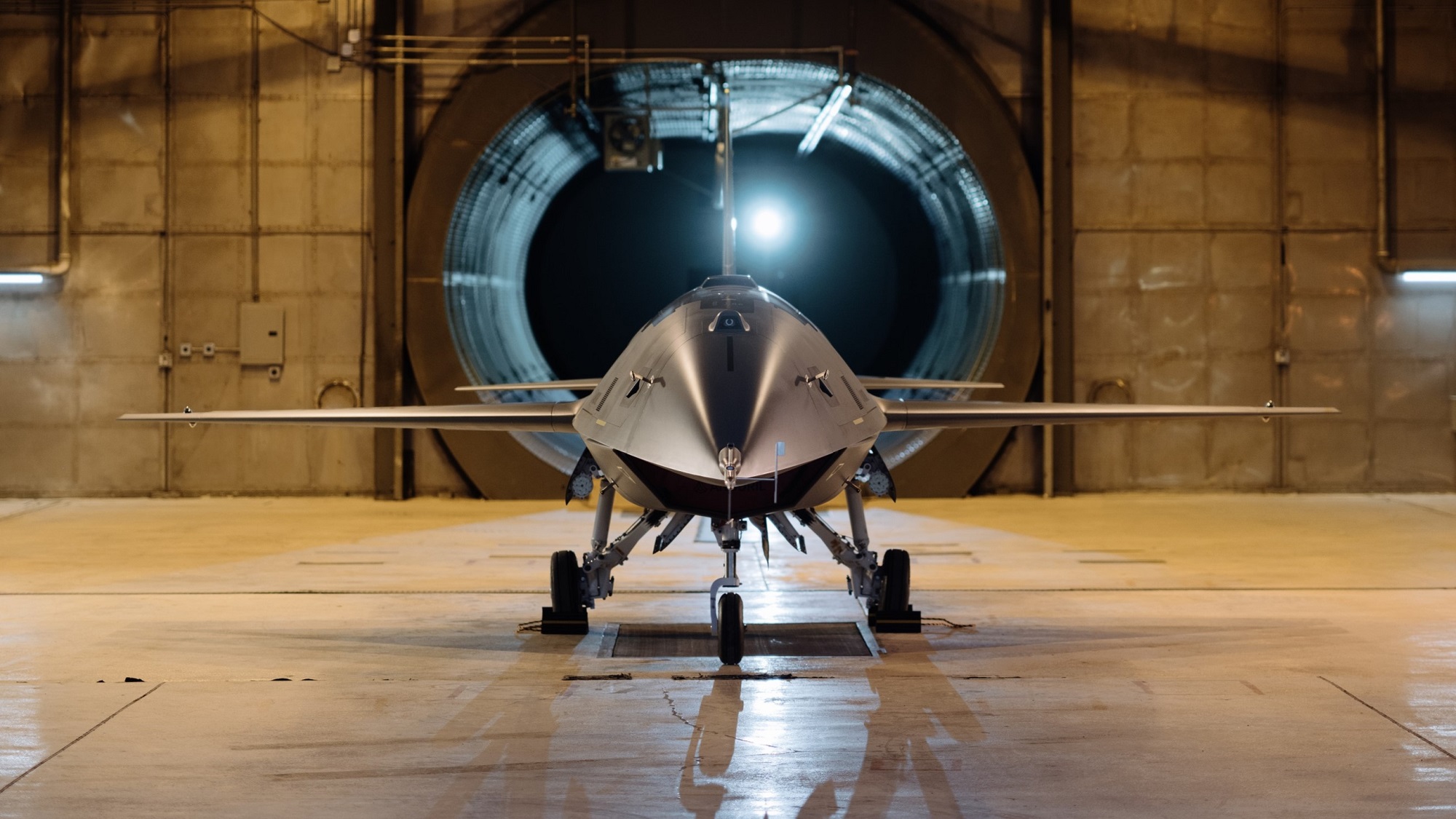













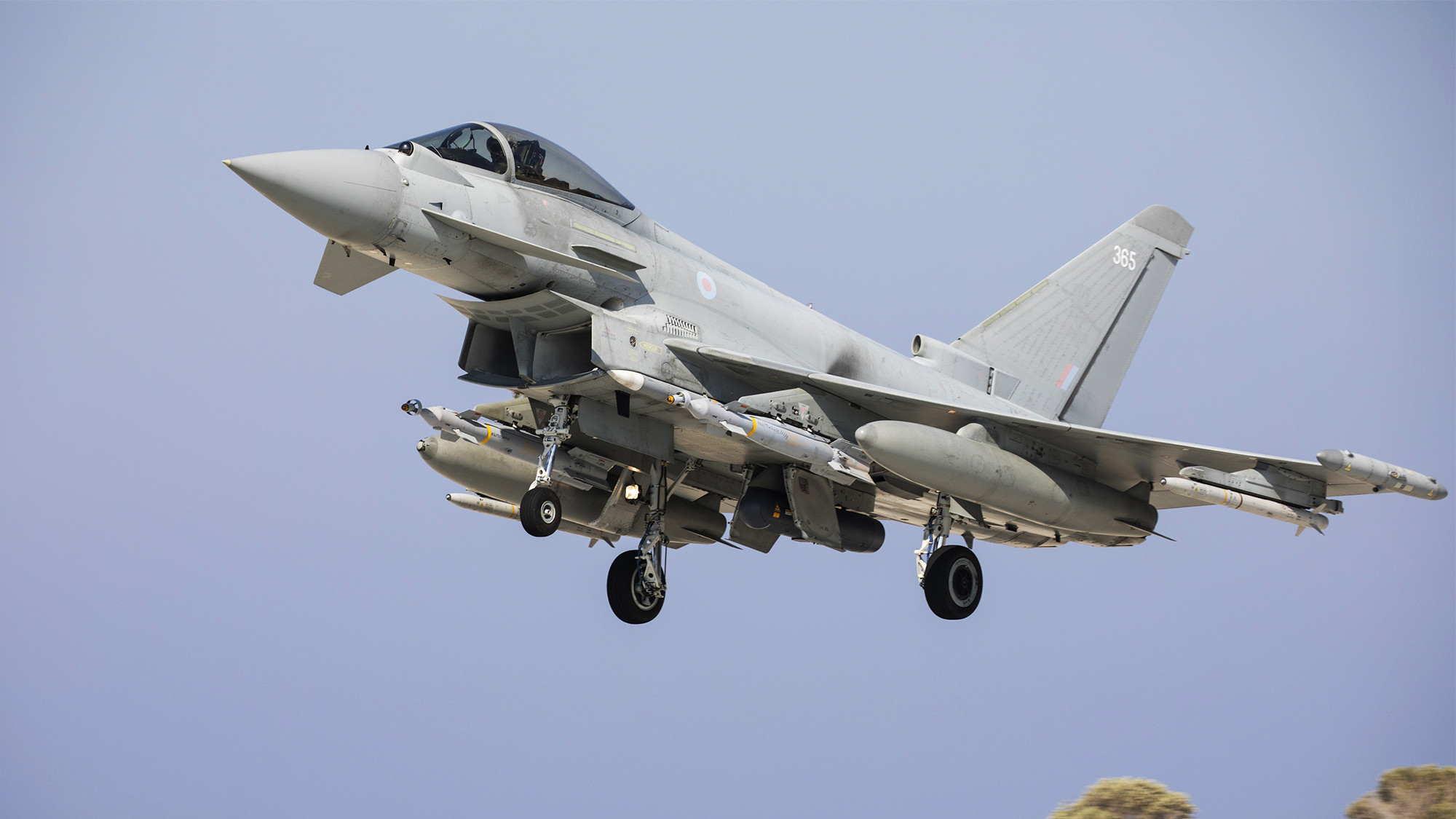
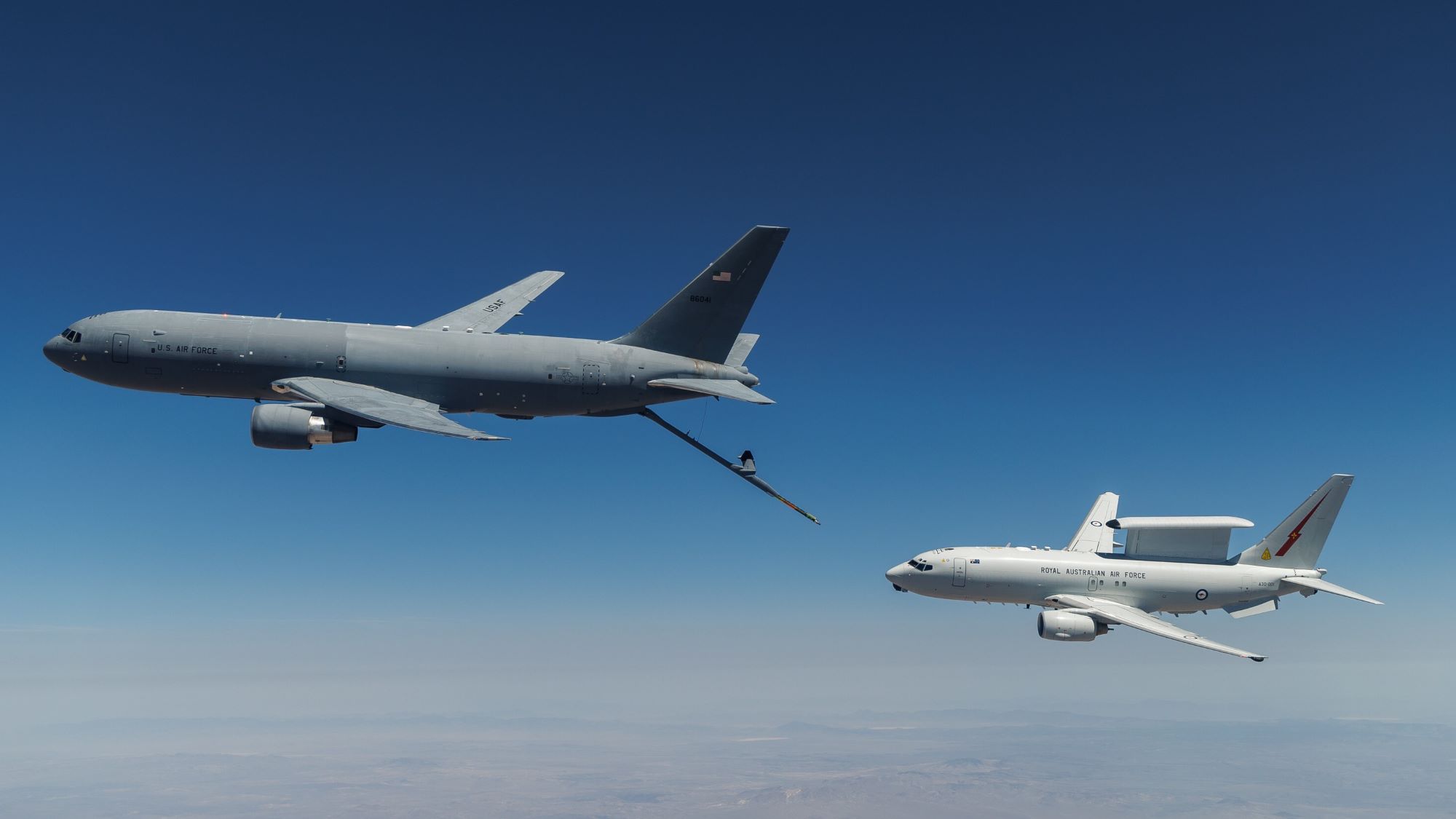







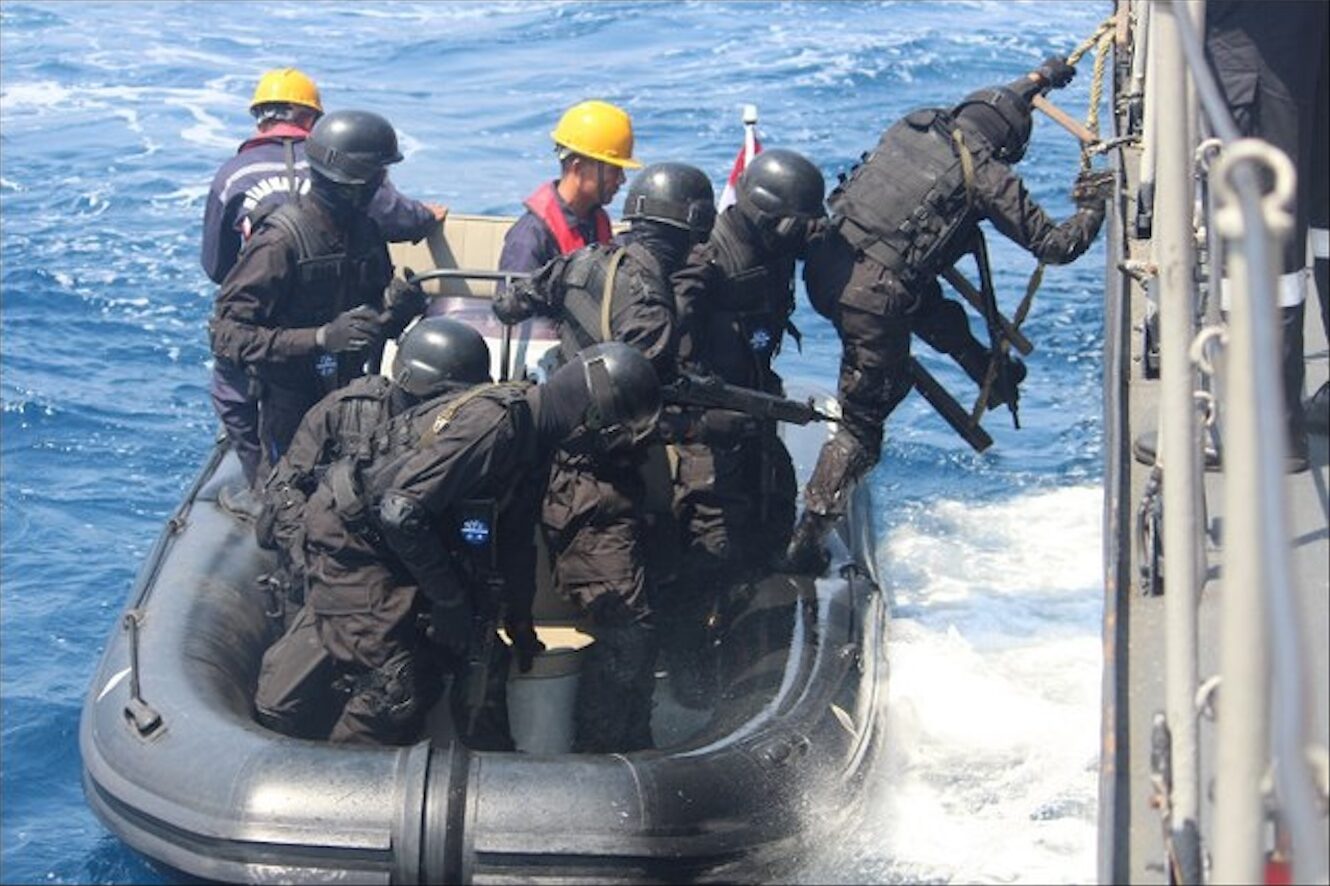




















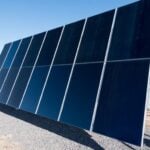





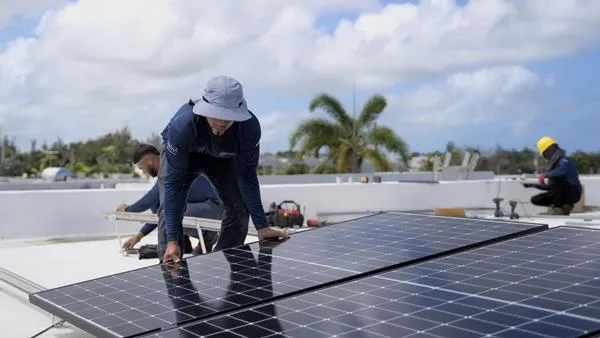
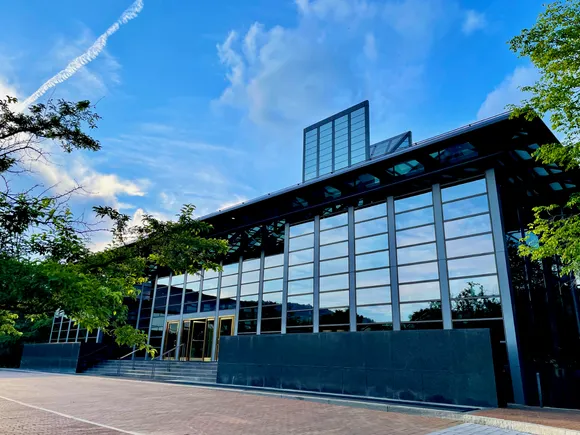






![Southwest’s Free Wi-Fi Trial Could Backfire—Here’s Why [Roundup]](https://viewfromthewing.com/wp-content/uploads/2025/04/southwest-airlines-jet.jpeg?#)



